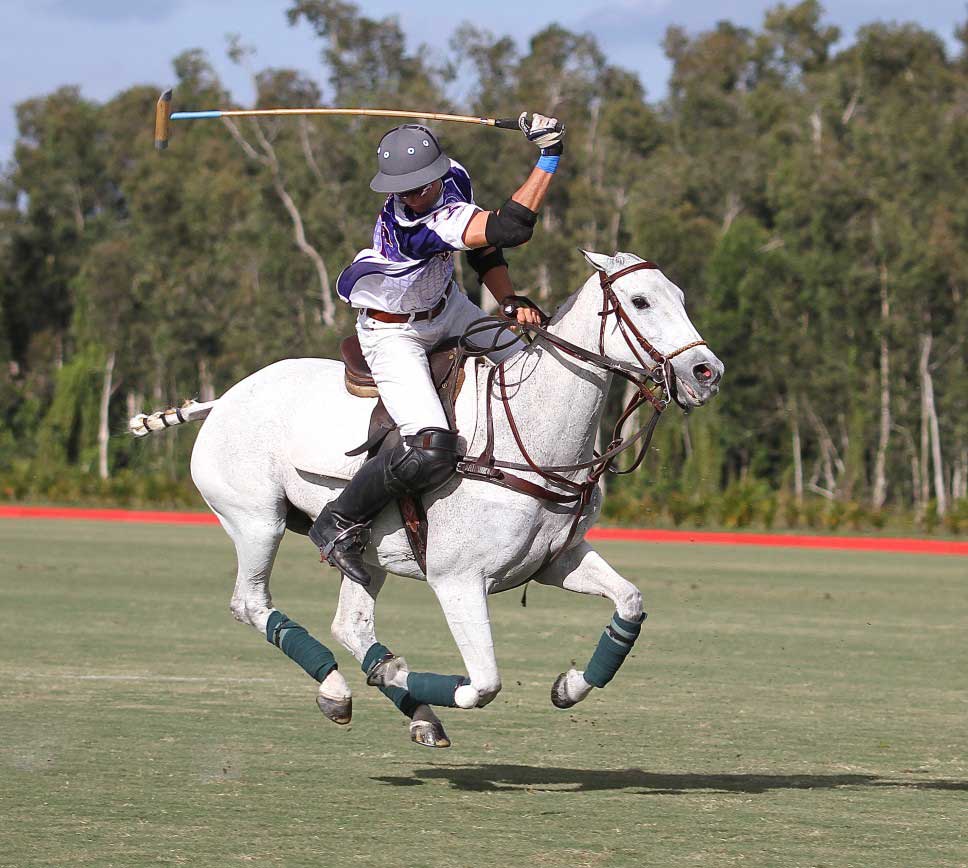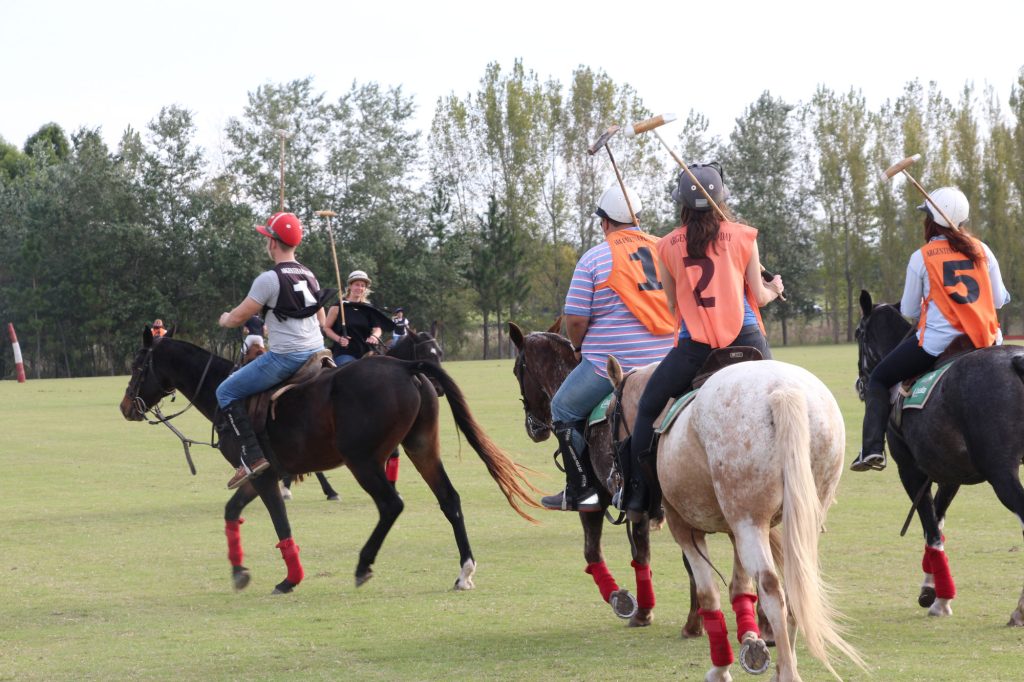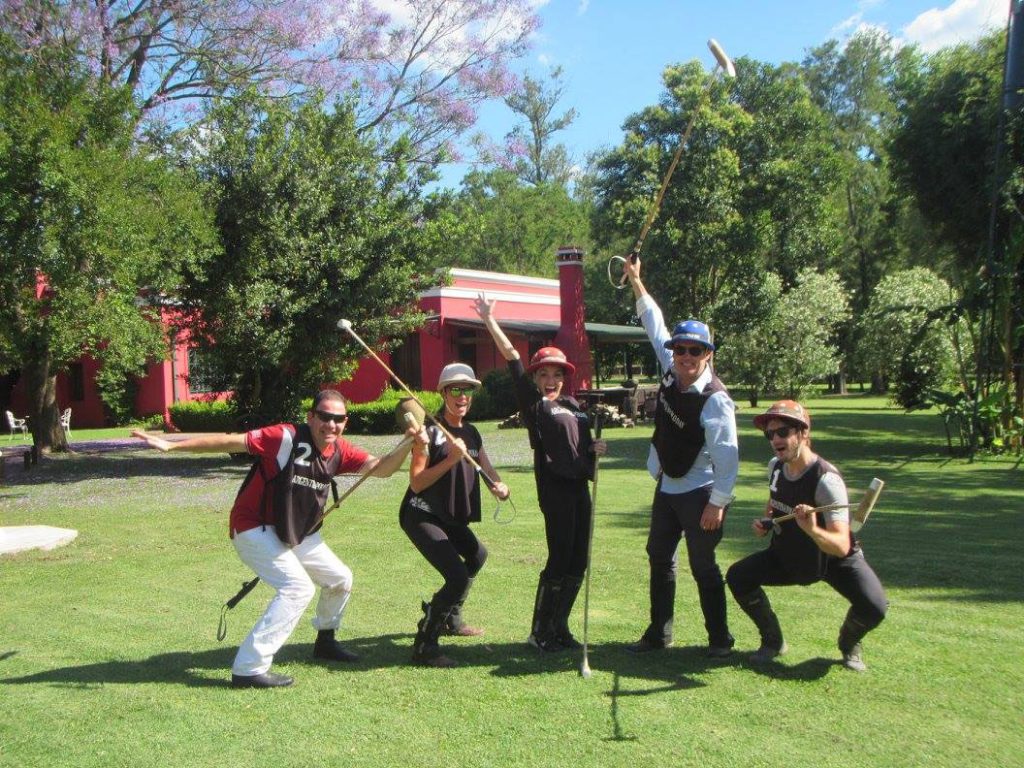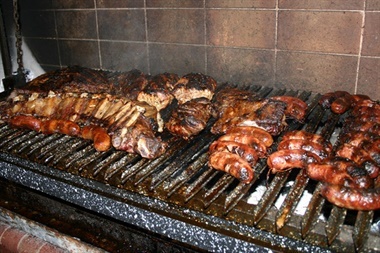[:es]In Argentina, according to the records of the Asociacion Argentina de Criadores de Caballos de Polo (the Argentine Association of Polo Horse Breeders) around 3,000 foals are born each year.
The best of them start competing when they are five years old and continue doing so until they are 12, there are some exceptions with some horses competing until they are 15.
A large majority of polo horses are in fact mares. Mares are preferred for competitions over males for various reasons, some of which are open to discussion, such as the belief that mares have better muscle build and a softer temperament.
Other reasons are more a matter of fact: mares are a source of income for breeders and this is why polo players (whose income may come in part from breeding) sell foals and fillies to maintain their own breeding farms.[:en]In Argentina, according to the records of the Asociacion Argentina de Criadores de Caballos de Polo (the Argentine Association of Polo Horse Breeders) around 3,000 foals are born each year.
The best of them start competing when they are five years old and continue doing so until they are 12, there are some exceptions with some horses competing until they are 15.
A large majority of polo horses are in fact mares. Mares are preferred for competitions over males for various reasons, some of which are open to discussion, such as the belief that mares have better muscle build and a softer temperament.
Other reasons are more a matter of fact: mares are a source of income for breeders and this is why polo players (whose income may come in part from breeding) sell foals and fillies to maintain their own breeding farms. [:]





